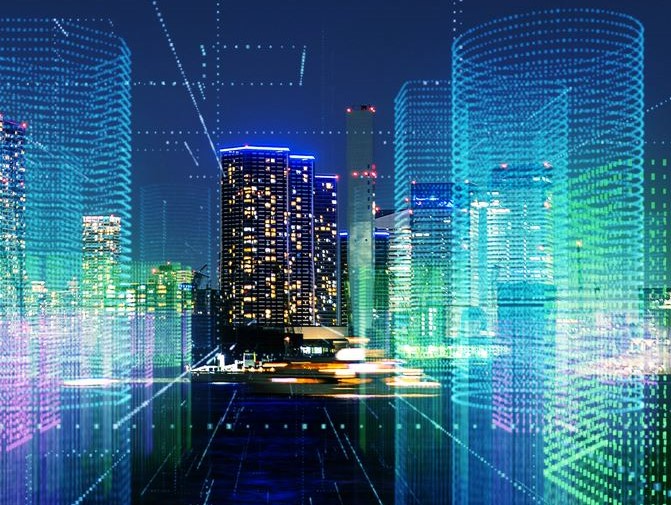What can you learn from IoT with i2M – Part 2

In the first part, I outlined some of the terms associated with the delivery of IoT. Next, let’s look at how this gets complex.
You will need to read the state of each sensor (through their appropriate API and through their appropriate vendor-supplied hub), create logic to determine what actions must be taken when certain conditions are met, and then deliver these as a workflow to each responder, and confirm through data collected from sensors that the requested change was implemented.
A simple example may be that when you lock the door to a room, you may want to confirm that there is no movement in the room (using an IR IoT sensor), then once confirmed turn down the A/C, dim the lights, close the curtains, and then enable a security routine to test if there is any further movement in the closed room. Then you may want the reverse to happen when the lock to the room is moved from locked to unlocked. This may seem over-complex but considering how this can improve both security and energy use across a large building, the impact can be considerable.
This is how modern buildings are managed, and this kind of automation is being added to everything from factories to warehouses to retailers. IoT has the potential to improve energy usage, security, production lines, logistics processes, etc.
You may have noticed that deliveries now give you up-to-the-minute details on when your delivery will arrive. Washing machines report when their load will be completed, fridges tell you when the milk will expire, and smoke alarms send you a text message if the alarm goes off.
In the next installment, we’ll discuss how IoT issues can be hard to resolve through a real-world example, and then provide information on ways these issues are being handled.
